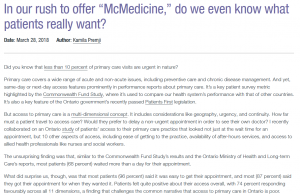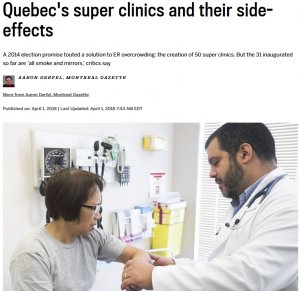Small tips to stay healthy

Being healthy is not as simple as some people make it seem online. It’s not easy to find time to do the “simple” two hour long workout that your favorite blogger recommends or to find the twenty-three ingredients needed for the health smoothie that a celebrity loves. Therefore, this list is a compilation of the four easiest and simplest tips to help you live your best and healthiest life.
Join a Team
As someone who hates working out and tries their best to avoid it, the best way for me to actually exercise is by joining a team. Being part of a team means there is a group of people depending on you, making it easier to go to practices and play games. If competitive sports aren’t your niche, there are several teams or just training groups you can join. According to Psychology Today, being around other people regularly increases self-esteem, increases productivity and lowers the risk of dementia.
Get Enough Sleep
Between Netflix and all the games on your phone, it’s easy to lose track of time. One minute you’re watching reruns of Friends and the next thing you know, it’s 2 am and you need to be up at 6:30. Lack of sleep can negatively impact both mental and physical health. Not sleeping enough can be the root of high blood pressure, a variety of heart problems, weight gain and more, Healthline states. So, if you know you’re one to get distracted, program an alarm on your phone or set your wifi to turn off at a certain time. Sleepfoundation.org recommends 9 to 11 hours of sleep for children, 8 to 10 hours for teenagers, 7 to 9 hours for adults and 7 to 8 hours for adults over the age of 65.
Pack Your Lunch When You’re Full
I love carbs and everything not healthy therefore if I have to buy my lunch when I’m hungry, I would definitely pick pasta over a healthy salad. When I pack my lunch beforehand, I find it’s easier to pick healthy foods because I’m thinking from a non-hungry point of view. This is not to say that you can’t or shouldn’t eat unhealthy food just that it’s better for you if unhealthy meals are spaced out throughout the week. Having more energy throughout the day, better heart health and improved brain function are all results of eating healthier according to Medical News Today.
Avoid Stressful Situations
Stress is a constant of life: whether it’s an upcoming deadline or a late bus. As per WebMD, stress can ruin your teeth, cause insomnia and weaken your immune system. In some cases we can’t avoid stress but in others we can. Try choosing an outfit or packing your food the day before if you’re always late and stressed in the morning. Don’t take on extra projects and/or commitments if you’re already struggling with what you have.
Troyer, Angela K. “The Health Benefits of Socializing.” Psychology Today, Sussex Publishers, 30 June 2016, www.psychologytoday.com/us/blog/living-mild-cognitive-impairment/201606/the-health-benefits-socializing
“11 Effects of Sleep Deprivation on Your Body.” Healthline, Healthline Media, www.healthline.com/health/sleep-deprivation/effects-on-body#1
“How Much Sleep Do We Really Need?” National Sleep Foundation,
https://sleepfoundation.org/excessivesleepiness/content/how-much-sleep-do-we-really-need-0
Crichton-Stuart, Cathleen. “The Top 10 Benefits of Eating Healthy.” Medical News Today, MediLexicon International, 26 June 2018, www.medicalnewstoday.com/articles/322268.php.
Karriem-Norwood, Varnada. “Stress Symptoms.” WebMD, WebMD, 11 July 2017, www.webmd.com/balance/stress-management/stress-symptoms-effects_of-stress-on-the-body#1.
“Use the 95:5 Rule To Forever Ignore All Further Healthy Living Advice.” Weighty Matters, 23 June 2015, www.weightymatters.ca/2015/06/use-955-rule-to-forever-ignore-all.html





